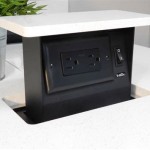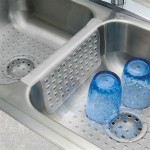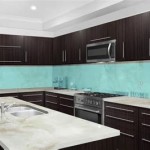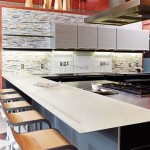Essential Aspects of Kitchen Countertop Standard Size
Kitchen countertops are an integral part of any kitchen design, serving both functional and aesthetic purposes. Choosing the right countertop size is crucial to ensure a well-proportioned and efficient workspace. Here are the essential aspects to consider when determining kitchen countertop standard size:
Length and Width
The length and width of your countertops depend on the size of your kitchen and the layout of your cabinetry. Generally, countertops should extend beyond the base cabinets by 1-2 inches on each side. This provides a comfortable overhang for working and prevents spills from dripping onto the floor.
The standard depth for kitchen countertops is 25 inches. However, you can opt for deeper countertops, such as 30 or 36 inches, to provide more workspace. Wider countertops are also an option, especially if you have a large kitchen and need ample space for food preparation and cooking.
Overhang
The overhang is the portion of the countertop that extends beyond the base cabinets. A standard overhang is 1-2 inches, but you can customize it to fit your preferences and needs. A larger overhang can create a more spacious feel in a small kitchen, while a smaller overhang provides a cleaner, more streamlined look.
Keep in mind that a significant overhang may require additional support, such as corbels or knee braces, to prevent sagging or bending. Consult with a professional contractor for guidance on the appropriate support for your countertop overhang.
Thickness
Countertop thickness is another important consideration. Standard countertop thickness ranges from 1.25 inches to 2 inches. Thicker countertops are more durable and substantial, but they can also be more expensive. Choose a countertop thickness that complements the overall style of your kitchen and meets your functional requirements.
Shape
Kitchen countertops come in a variety of shapes, including L-shaped, U-shaped, and straight. The shape of your countertop should align with the layout of your kitchen and optimize workspace. L-shaped and U-shaped countertops create a workflow that is both efficient and ergonomic.
When choosing a countertop shape, consider the placement of appliances, sinks, and other fixtures. You want the countertop to flow seamlessly with the rest of the kitchen and provide ample space for food preparation, cooking, and cleanup.
Material
The material of your countertop will also impact its size and performance. Different materials have different thicknesses, durability, and heat resistance. For example, granite countertops are typically thicker and more durable than laminate countertops. Quartz countertops are non-porous and highly heat-resistant, making them a popular choice for kitchens with heavy use.
Consider your budget, lifestyle, and cooking habits when selecting a countertop material. The material you choose will ultimately affect the size and shape of your countertop.

Standard Kitchen Counter Depth Hunker Cabinet Dimensions Cabinets Height Island

What Are The Perfect Kitchen Dimensions Amp Standard Size

N Standard Kitchen Dimensions Renomart

Kitchen And Dining Area Measurements Standards Guide

Standard Kitchen Dimensions For Your Designcafe

Kitchen Standard Dimensions Essential Measurements

Kitchen Ergonomics And Height Of Your Marble Countertop

7 Types Of Kitchen Floor Plans With Dimensions Foyr Neo

How To Decide The Correct Height Of Kitchen Countertop Planning Tips

Kitchen Worktop Height Everything You Need To Know House Of Worktops
Related Posts








